









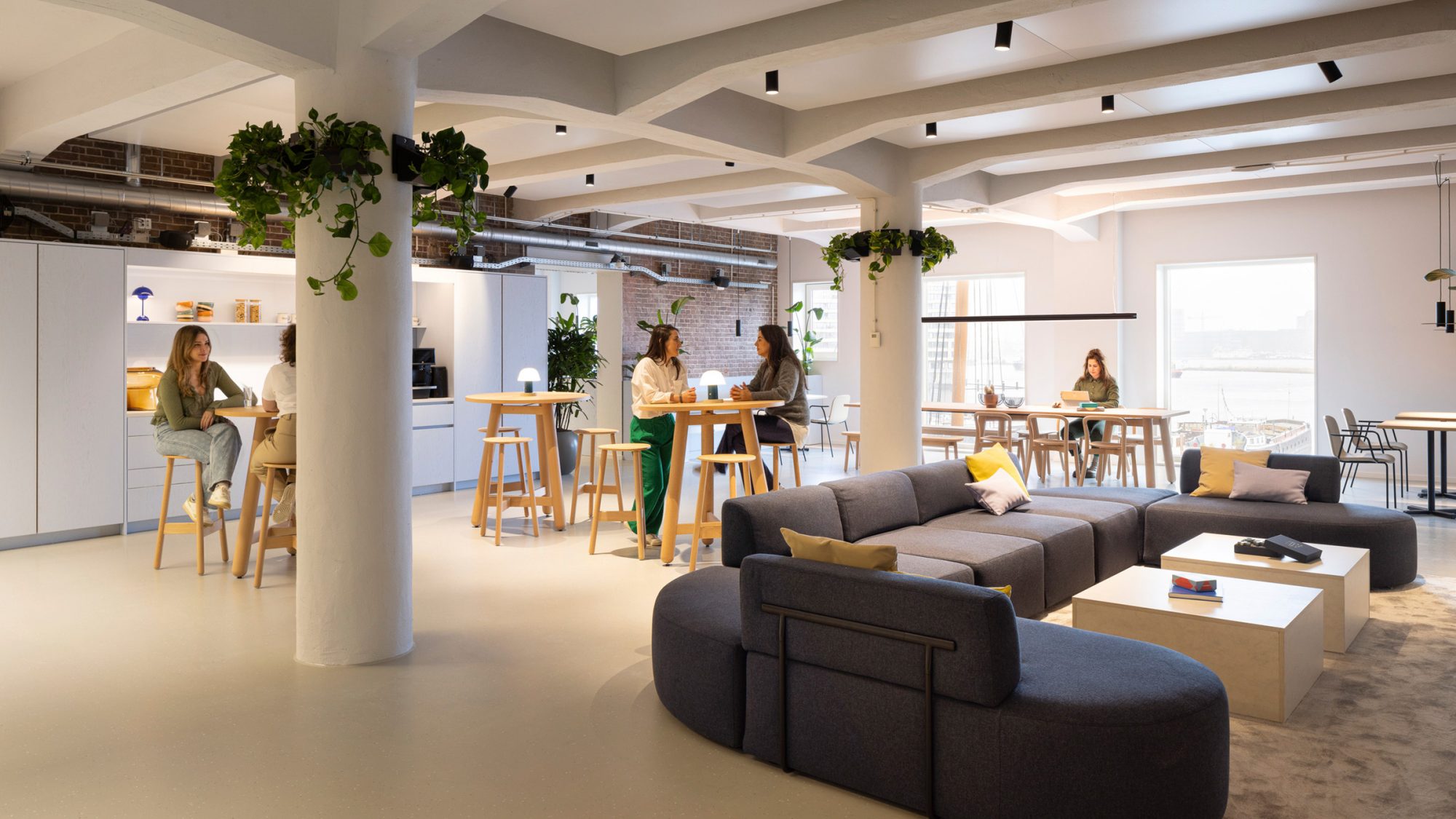
From the arrangement of office spaces to the choice of colours, furniture, and lighting, every aspect of office design can influence employee mood, creativity, and ability to concentrate.
In this article, we will explore how office space design plays a crucial role in enhancing productivity and ultimately contributes to people’s wellbeing. Here, we delve into the key considerations that can shape a productive and inspiring work environment.
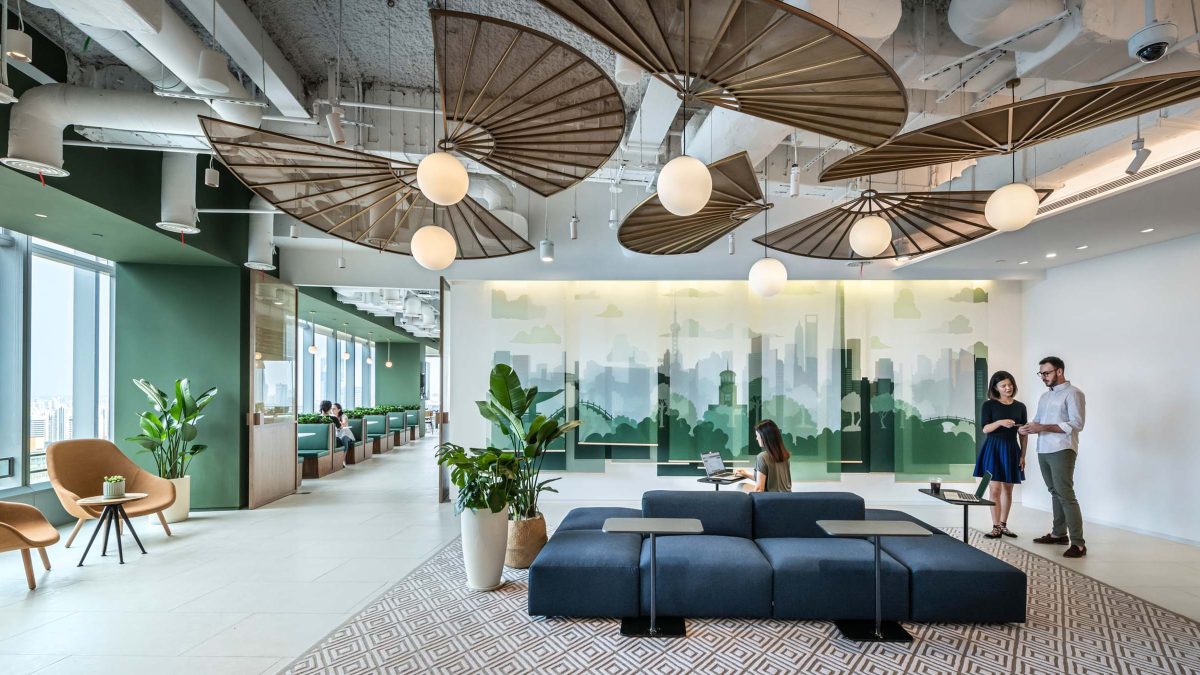
In today’s era of knowledge workers, productivity is no longer solely about the quantity of output. So, it is important to dispel common misconceptions that prioritise quantity over quality and speed over efficiency, as these can lead to stress and burnout.
The definition of productivity varies across industries, teams, and roles. Ultimately it reflects an individual’s value to an organisation. In the following sections, we explore office interior design ideas that address different aspects of productivity. Such as focus, creativity, and collaboration. We also take a look at the conditions that support overall productivity, including comfort, wellbeing and motivation.
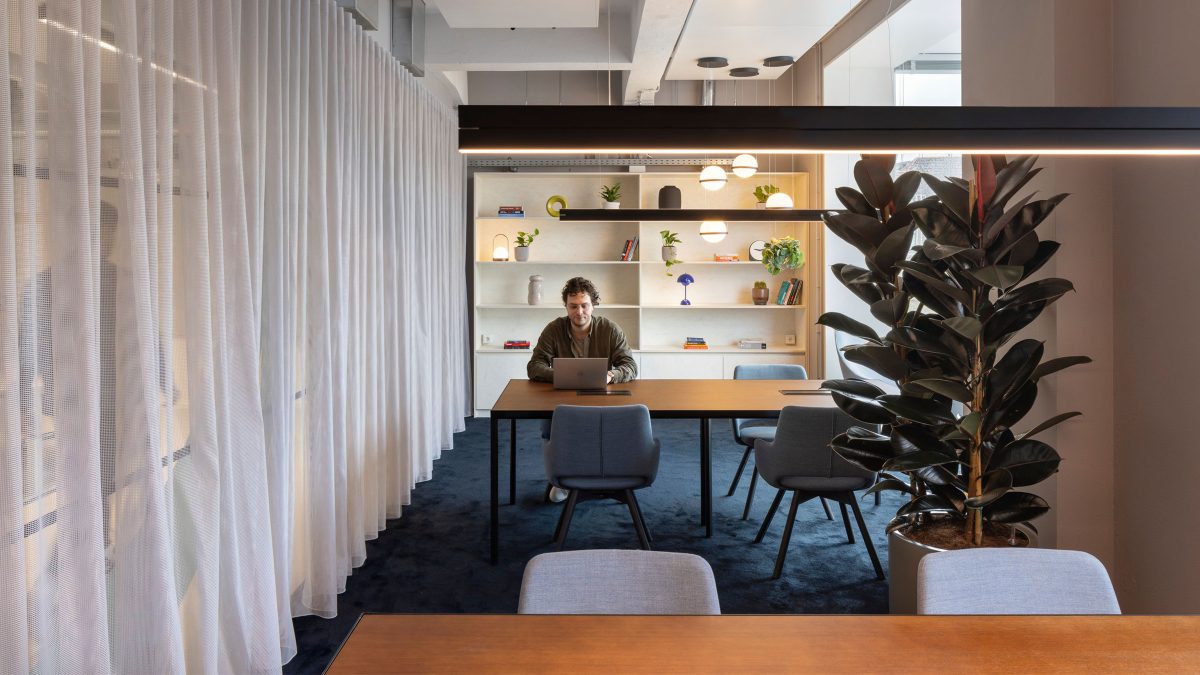
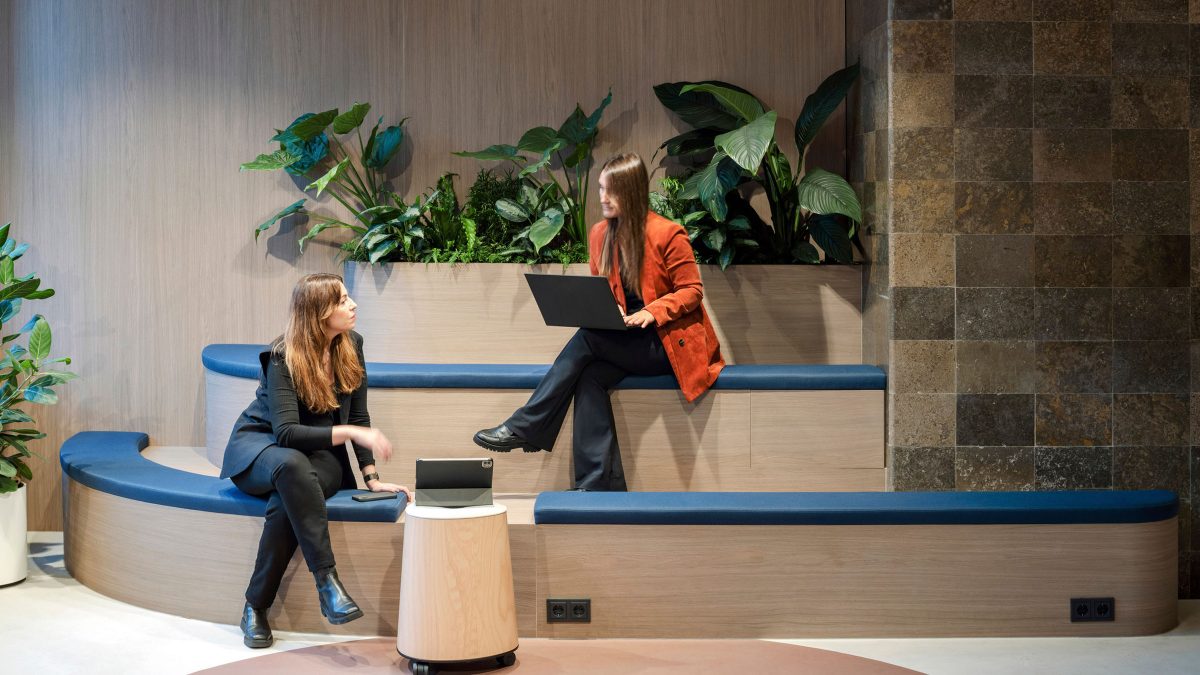
Achieving a state of “flow” is essential for productivity. Flow, as defined in positive psychology, is a mental state of being fully immersed in and energised by a task or activity. Research suggests that the average time spent in flow ranges between 20 minutes and 2 hours before the brain requires a break. When creating an office design layout for flow, we focus on minimising distractions and empowering individuals with personal control over their workspace.
Reduce distractions
Noise is often cited as the most significant distraction. Our designers address this by incorporating zoning strategies, such as:
Increase personal control
These can empower employees to create an environment conducive to focus and productivity.
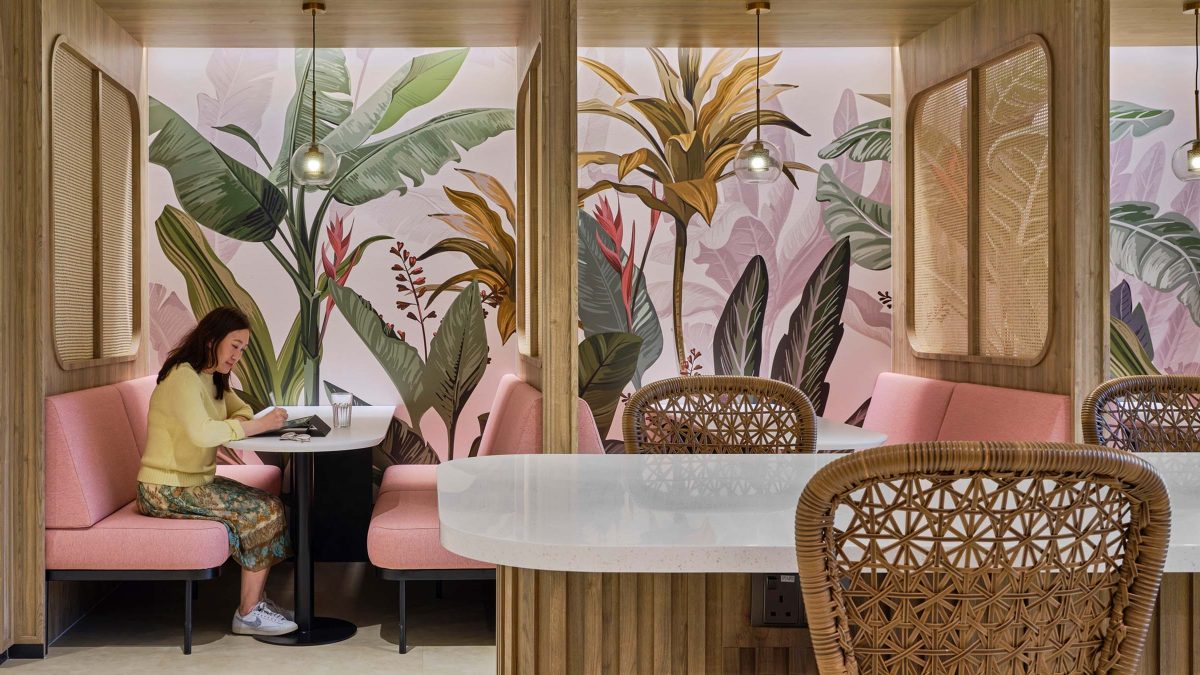
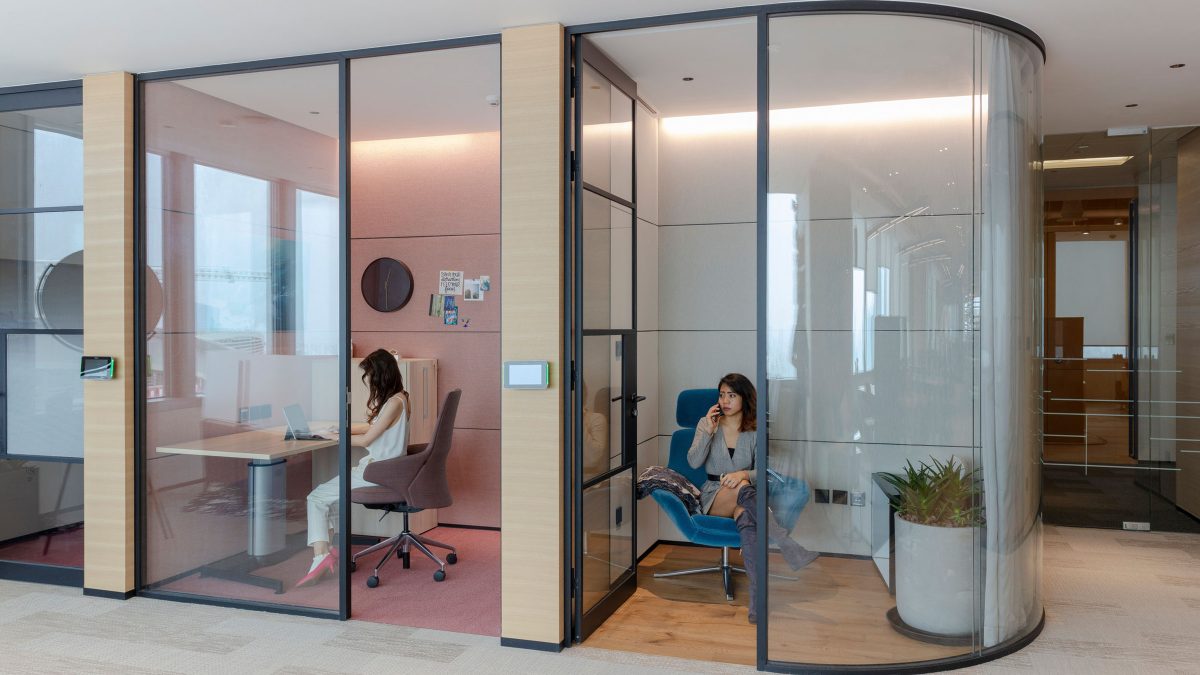
Creativity is vital in fostering innovation, a valuable asset for businesses. Creating an environment that supports divergent thinking, problem-solving, and generating meaningful ideas helps increase creativity. Studies show that the physical environment influences creativity. For instance, high ceilings have been linked to encouraging expansive thought, while lower ceilings help people to focus and complete more complex tasks.
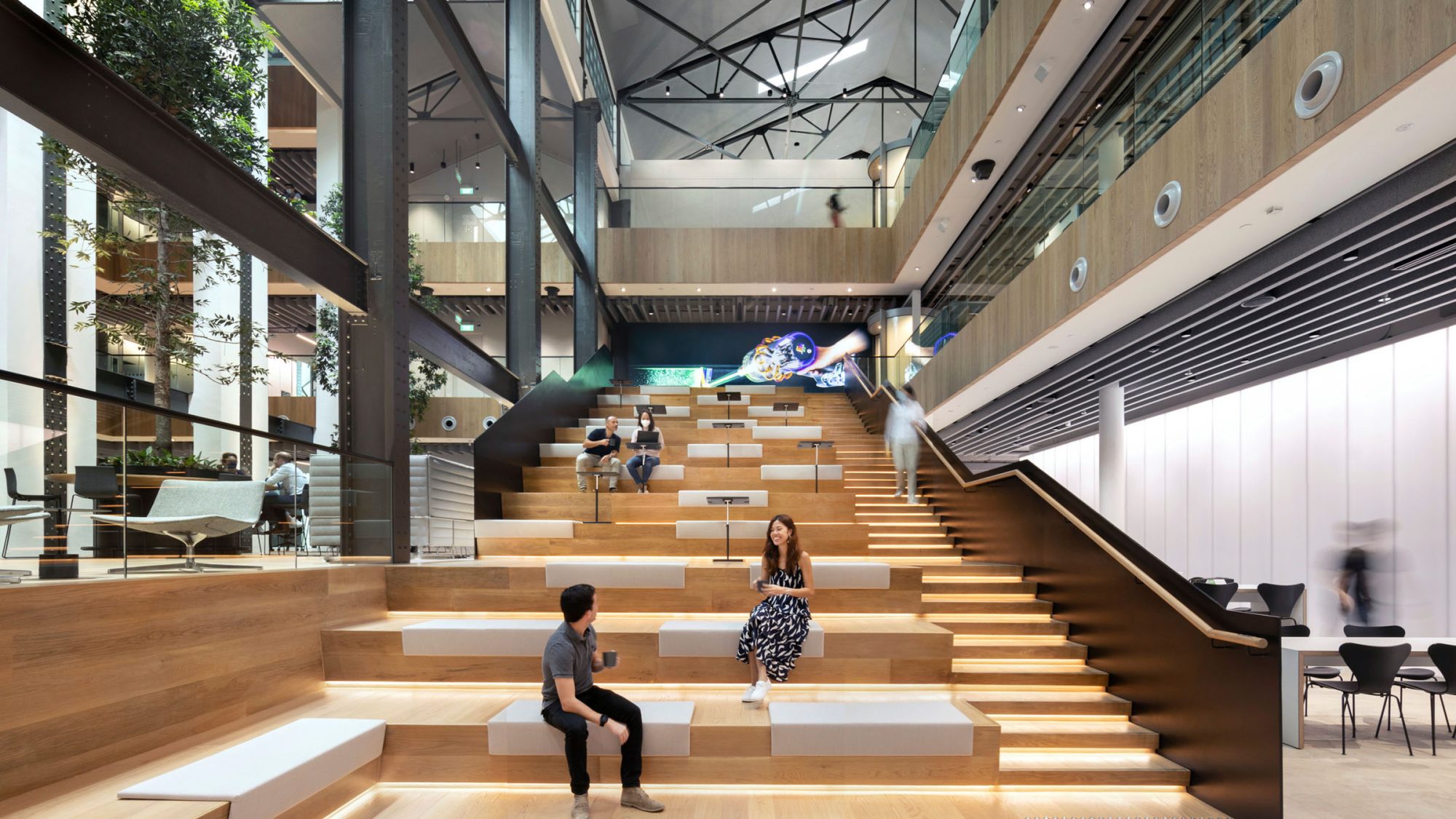
If high ceilings are not feasible, alternative strategies such as incorporating large open spaces, inspiring artwork, or areas that encourage exploration and playfulness can be employed.
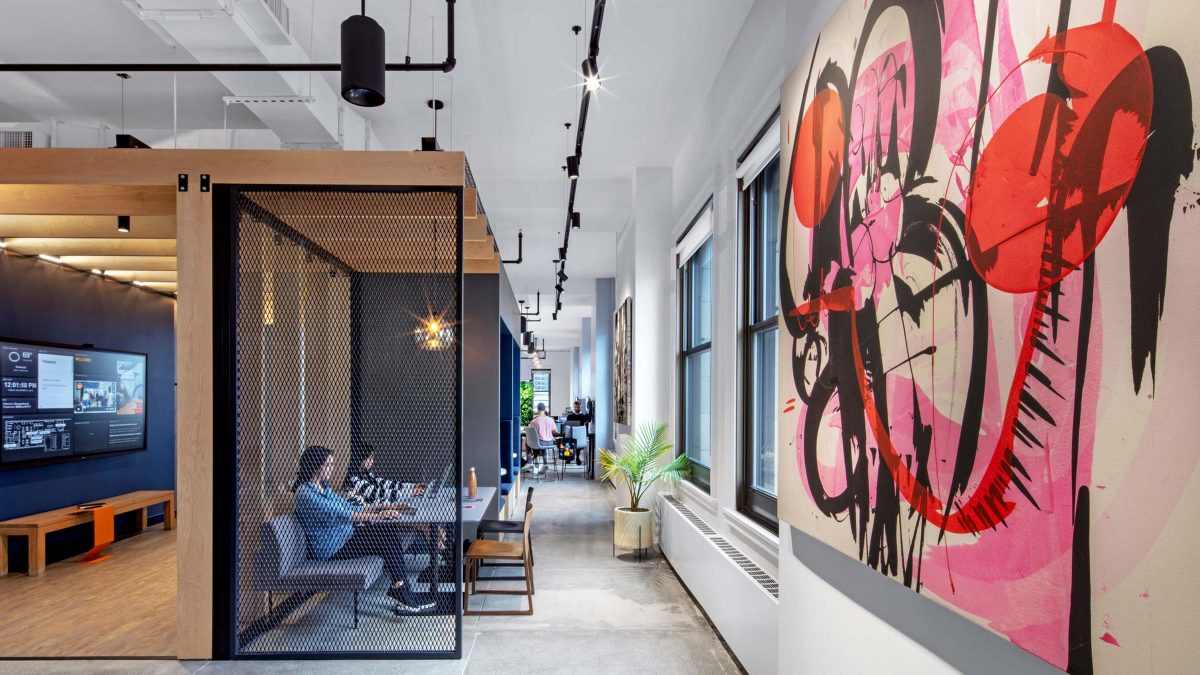
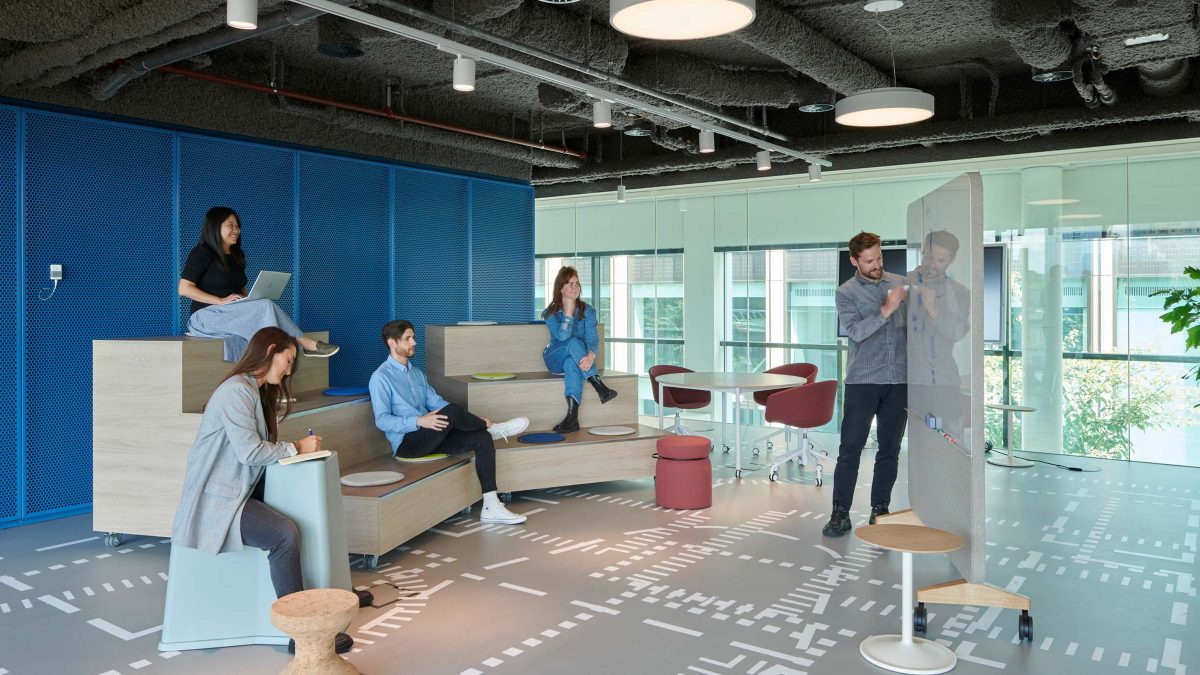
Often seen as the key to competitive advantage for businesses, collaboration has been a big driver for getting people back to the office after the pandemic.
But getting people back to the office isn’t enough; businesses have to consider how their office design enables people to be more collaborative. For example, old hospital studies found that placing chairs along the walls of resident day rooms or lounges prevented socialising. Researchers therefore encouraged interaction by organising furniture in small groupings throughout the room. That’s where proxemics come into play.
Proxemics
Proxemics is the study of human dynamics concerning space. They can easily be defined as:
Examples are parks and dining room tables (petals); libraries and airports (fugal).
To encourage productive collaboration, considering the design of sociopetal spaces is essential. Seating arrangements should be social and cooperative as opposed to oppositional and avoidant.
Finally, minimising other factors that may disrupt the flow of communication by having good technology and available plug sockets is key.
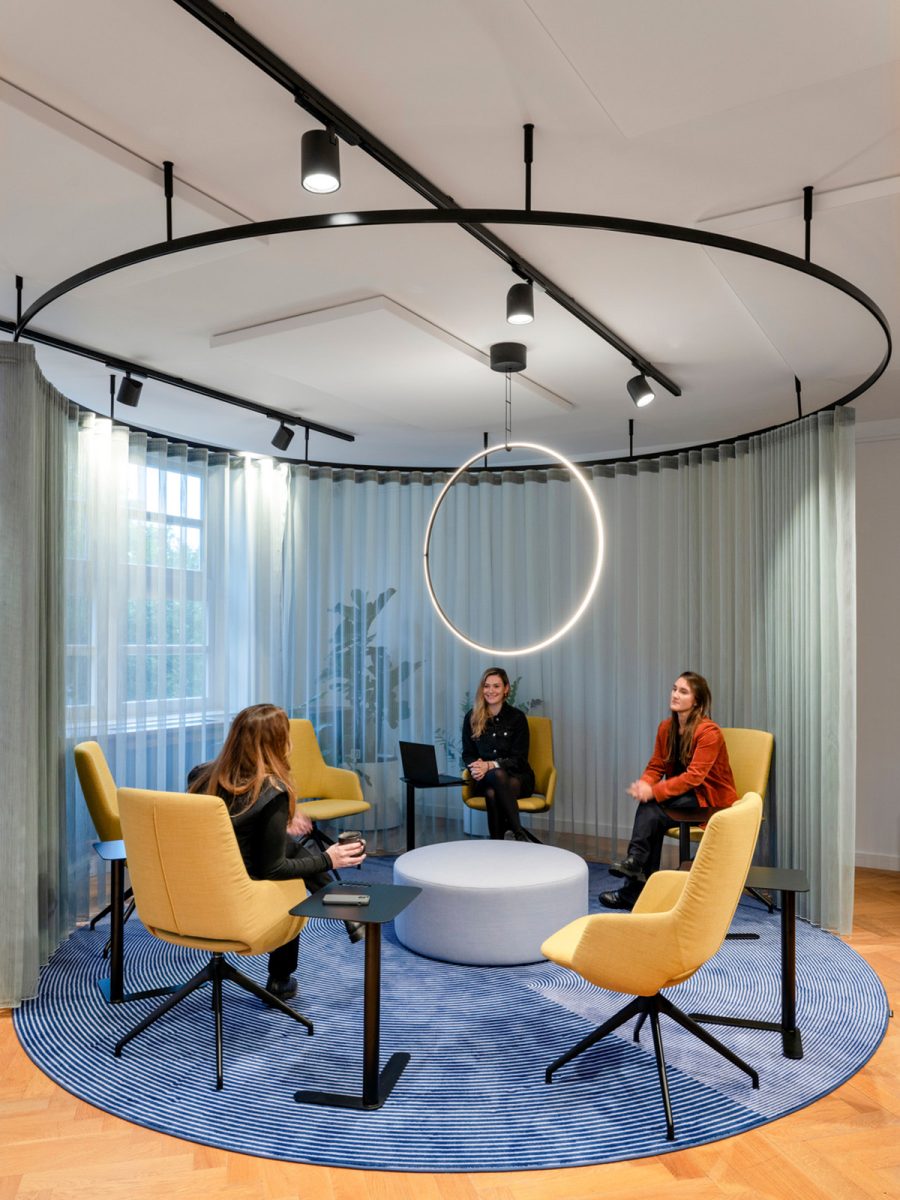
![Hudson River Trading Tink[er] Tank](https://www.mmoser.com/wp-content/uploads/2023/07/Hudson-River-Trading-Tinker-Tank-1-900x1200.jpg)
The saying “happy workers are productive workers” holds, and research from Oxford University reveals that happy workers can be 13% more productive. Physical, mental, and social health are essential in an office design and build to promote wellbeing. This can be achieved through:
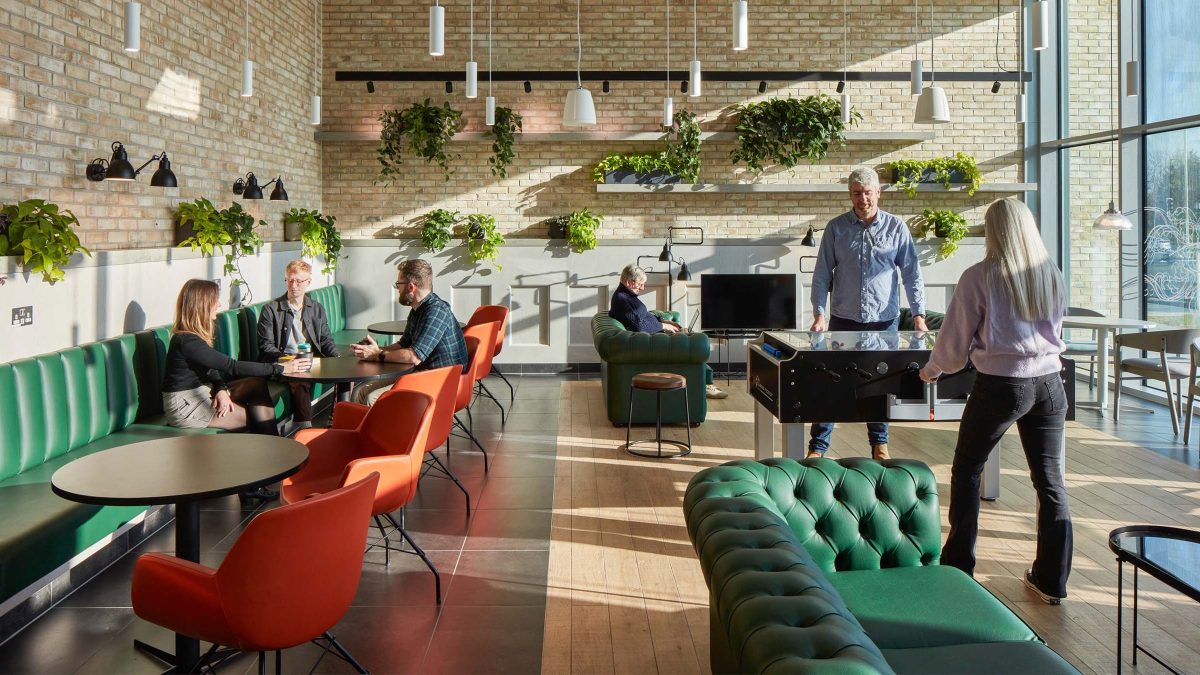
Overall, motivation is critical in driving employees to give their best effort. Creating an environment that instils pride in one’s work, workplace and purpose helps motivate people. Brand immersion can remind people of the organisation they work for, showcasing creativity and the company’s values in the environment. Impressively designed reception and arrival areas and amenities that support employee lifestyles also contribute to an inspiring environment.
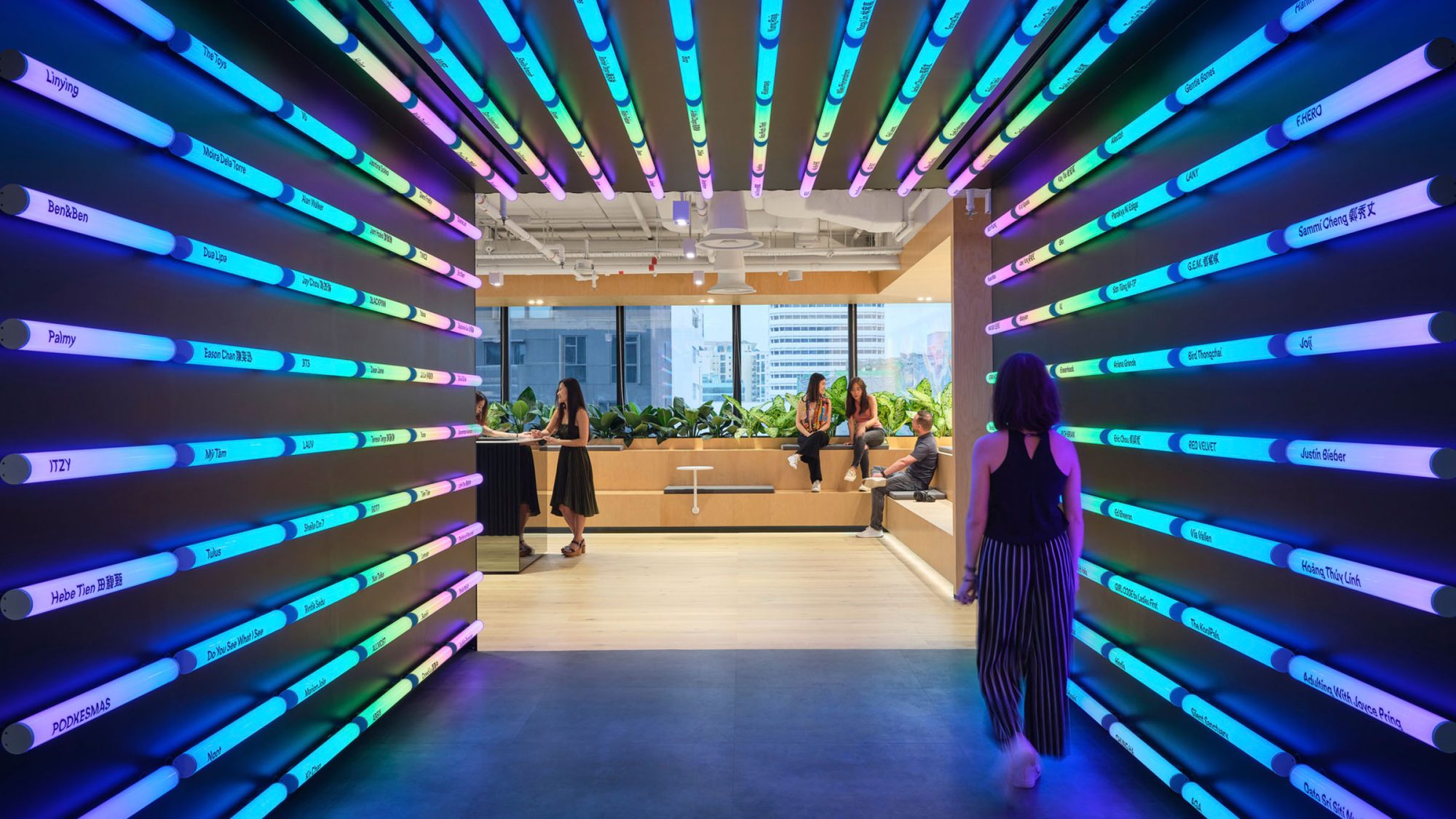
Additionally, providing spaces where employees can take breaks and recharge can help maintain motivation and engagement.
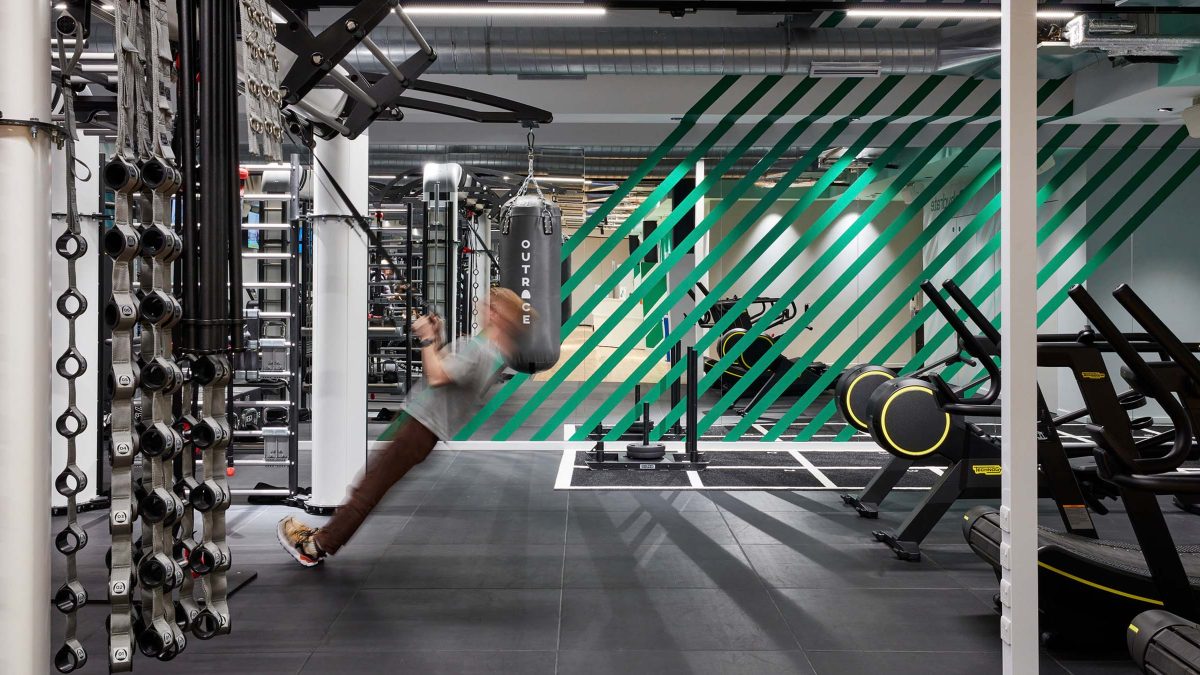
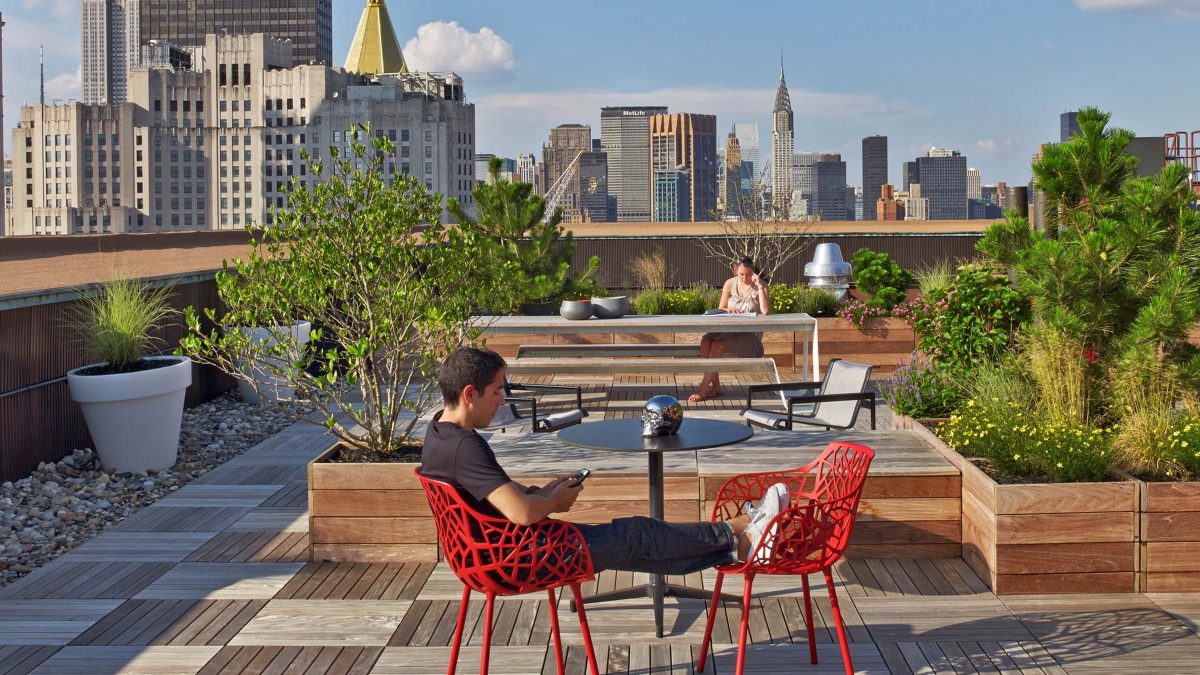
In summary, office space design significantly influences productivity and the overall wellbeing of employees. Businesses can create environments that optimise productivity by strategically considering factors such as:
If you’d like to learn more about how to optimise your office design for productivity please contact our workplace strategy team.
Associate, Workplace Strategy